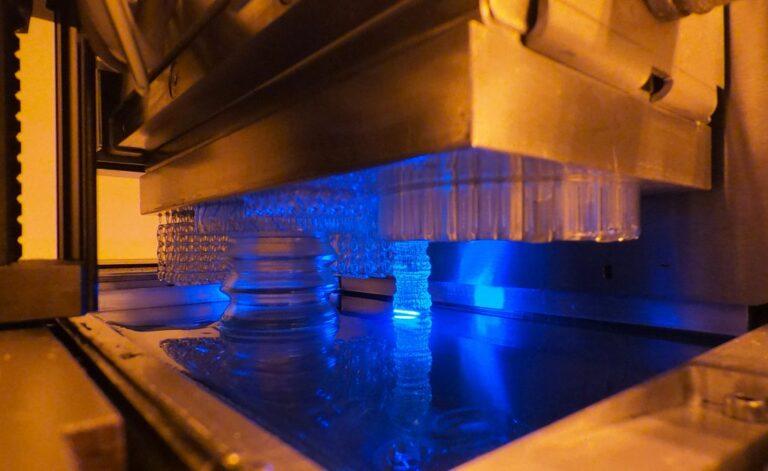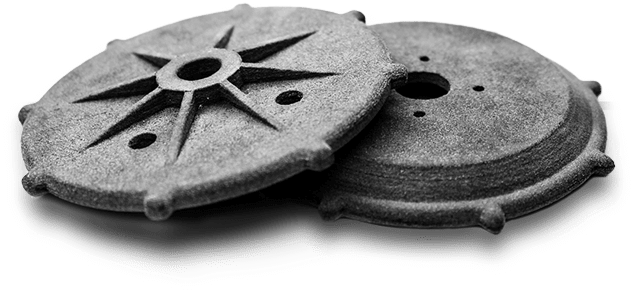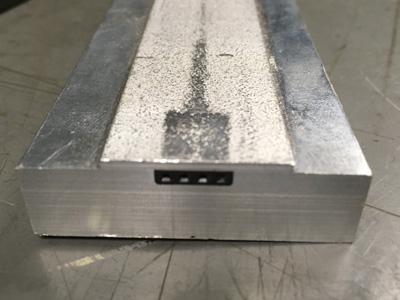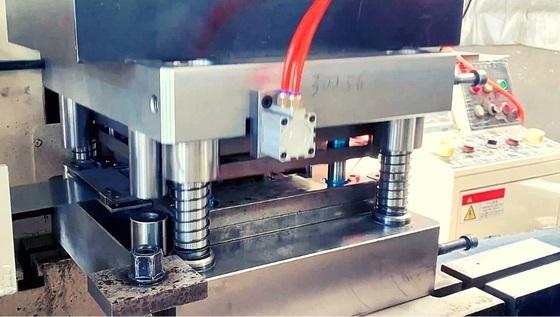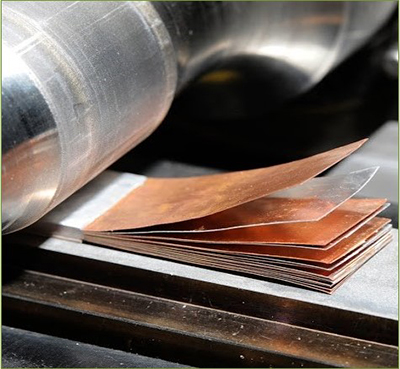Sheet Lamination Technology: The Key to Low-Cost Mass Production
Introduction to Sheet Lamination Technology
Using tiny layers of materials, Sheet Lamination Technology 3D prints items. It is a quick, inexpensive technology that produces items with excellent accuracy and precision. The method can be applied to a wide range of materials, including plastics, metals, and composites. It entails stacking and connecting layers of materials using heat and pressure. This technology has been employed for many years in a variety of fields, including the automotive, aerospace, and medical fields. Sheet lamination has grown in popularity as a low-volume production and prototype technique in recent years because of improvements in materials and production methods that have made it more affordable for small enterprises and individuals. With all of its benefits, sheet lamination technology has the potential to transform how things are made and pave the way for future breakthroughs.
The Benefits of Sheet Lamination Technology for Mass Production
Sheet Lamination Technology is a game-changer in mass production. With this technology, you can produce parts quickly and cost-effectively. Sheet Lamination Technology offers several benefits for mass production.
Firstly, Sheet Lamination Technology allows for the creation of parts with high precision and accuracy. This means that the parts will fit together perfectly, reducing the need for costly rework.
Secondly, Sheet Lamination Technology enables the use of a wide range of materials, including composites, plastics, and metals. This means that parts can be tailored to meet specific requirements, resulting in more efficient and effective production processes.
Thirdly, Sheet Lamination Technology is highly scalable, which makes it an ideal choice for mass production. The process is highly automated, which allows for fast production rates and low labor costs.
In addition, Sheet Lamination Technology produces minimal waste, which makes it an environmentally friendly choice. This is because the process uses only the required amount of material, reducing the need for excess material and the associated disposal costs.
Lastly, Sheet Lamination Technology is highly versatile, making it suitable for a wide range of applications, including automotive, aerospace, construction, and consumer goods. Sheet Lamination Technology can produce a range of parts, from small, intricate components to large, structural parts, making it a versatile technology.
In summary, Sheet Lamination Technology offers several benefits for mass production, including high precision, material versatility, scalability, minimal waste, and versatility. By leveraging these benefits, companies can produce parts quickly, cost-effectively, and sustainably, revolutionizing the way they approach mass production.
Overview of the Mass Production Process using Sheet Lamination Technology
Sheet Lamination Technology is a cost-effective and efficient method for mass production. The process involves stacking thin layers of materials, such as paper or plastic, and using heat or adhesive to bond them together.
First, we create the 3D model using computer-aided design (CAD) software. Then, the software slices the model into thin layers and prints them onto sheets of material. We stack the sheets and complete the bonding process using heat or adhesive. Finally, we remove excess material and get the finished product ready for use.
One of the benefits of Sheet Lamination Technology for mass production is the ability to create complex designs with high accuracy and precision. This technology also allows for the production of large quantities of identical parts quickly and at a low cost.
In addition to cost-effectiveness and speed, Sheet Lamination Technology is also environmentally friendly, as it uses less material waste than traditional manufacturing methods. It also provides a greater range of material options, including paper, plastic, and metal, making it a versatile manufacturing process.
Overall, Sheet Lamination Technology is a game-changer for mass production, offering speed, accuracy, cost-effectiveness, and environmental sustainability.
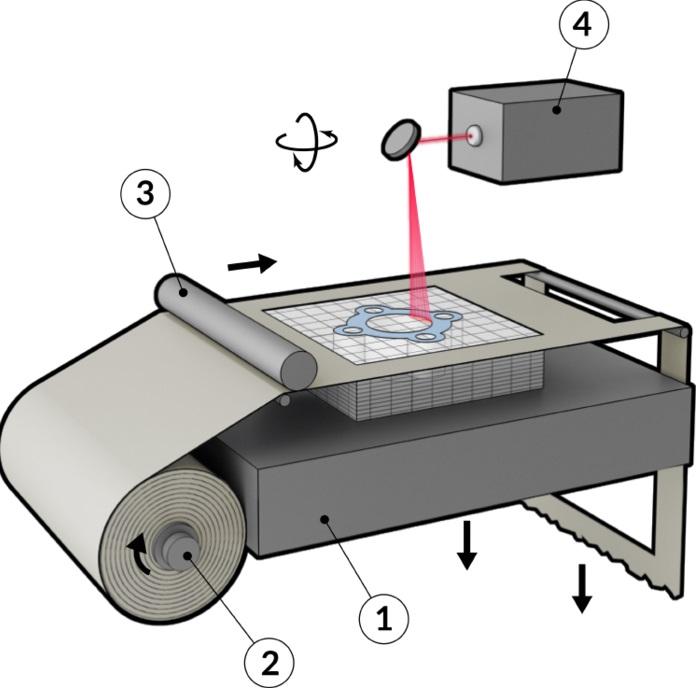
Materials Used in Sheet Lamination Technology for Mass Production
Sheet lamination technology can utilize a number of materials to create pieces. Paper, plastic, metal, and wood are some of these materials. We determine the material to use based on the demands of the finished product, including its strength, durability, and aesthetics. The high heat and pressures involved in the process of sheet lamination require materials that can withstand them. Additionally, they ought to be affordable, accessible, and simple to use. The sheet lamination technique offers a flexible solution for large-scale manufacturing, as it allows the use of a variety of materials. When deciding which material is ideal for a certain application, it is important to carefully analyze the qualities and constraints of each one.
Types of Sheet Lamination Technology for Mass Production
Sheet lamination technology includes various methods for mass production. Laminated Object Manufacturing (LOM) creates parts by stacking and gluing sheets of material together. Ultrasonic Additive Manufacturing (UAM) uses ultrasonic welding to bond thin layers of metal together. Continuous Lamination Manufacturing (CLM) involves wrapping and bonding layers of material around a rotating mandrel. These processes are ideal for low-cost, high-volume production of parts.
Laminated Object Manufacturing (LOM)
Sheet lamination technology called Laminated Object Manufacturing (LOM) is used for mass production. It involves stacking and gluing layers of material together to create a 3D object. LOM uses paper or plastic sheets as its primary material and a heated roller to bond the layers together. A cutting tool then removes the excess material to reveal the final product. The process is fast, inexpensive, and allows for the creation of large objects.
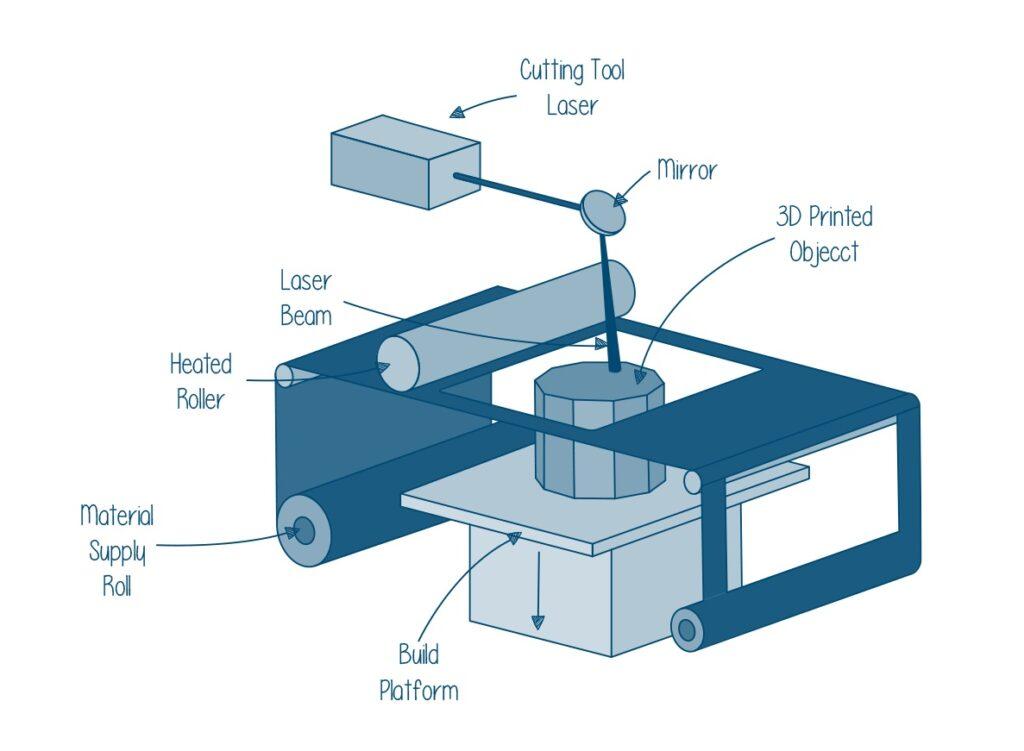

Ultrasonic Additive Manufacturing (UAM)
Ultrasonic Additive Manufacturing (UAM) is a type of sheet lamination technology that uses ultrasonic vibrations to bond layers of metal foils together. The process involves placing a metal foil on top of a previously deposited layer and then using ultrasonic energy to create a solid-state bond between the layers. The resulting parts have excellent mechanical properties due to the high bonding strength between layers. The process has versatility and allows users to use it with various metals such as aluminum, copper, and titanium. The use of ultrasonic energy also allows for the creation of complex geometries with high precision.


Continuous Lamination Manufacturing (CLM)
A type of sheet lamination technology known as continuous lamination manufacturing (CLM) employs continuous rolls of material to layer-by-layer construct 3D things. During the process, the machine applies pressure and heat to bond the layers of material together, producing robust and long-lasting pieces.CLM is superior to conventional 3D printing methods in a number of ways, including production speed and cost. Industries like aerospace, automotive, and medicine frequently use this technology to create intricate, high-performance parts.
Cost-Effective Production using Sheet Lamination Technology
Cost-effective production using sheet lamination technology refers to the process of mass-producing objects with a high level of accuracy and detail at a lower cost compared to traditional manufacturing methods. This technology uses a layer-by-layer approach to build objects quickly and efficiently, enabling the production of complex shapes and designs. Sheet lamination technology is ideal for producing objects that require precision and high quality, making it an attractive option for industries such as aerospace, automotive, and medical. By reducing production costs and lead times, sheet lamination technology provides a competitive advantage to businesses looking to stay ahead in the market.
Scaling up with Sheet Lamination Technology: Challenges and Opportunities
Sheet Lamination Technology provides a cost-effective way for the mass production of objects. However, scaling up the production using this technology can pose some challenges. One of the main challenges is the requirement for precise alignment during the layering process, which can become difficult as the size of the object increases. Another challenge is the need for efficient post-processing methods to achieve the desired finish and accuracy. Despite these challenges, Sheet Lamination Technology offers opportunities for industries to produce complex geometries and customized products in a shorter time frame. With further advancements in technology, the challenges can be addressed, making it a viable option for large-scale production.
The Future of Sheet Lamination in Mass Production
Sheet lamination technology has made significant strides in mass production due to its cost-effectiveness and versatility. In the future, advancements in materials science and 3D printing technology will further enhance its capabilities. Integration with automation and machine learning will also lead to improved productivity and quality control. However, challenges such as scalability and sustainability must be addressed to fully realize its potential. The future of sheet lamination in mass production is promising, with opportunities for continued innovation and growth.
Applications of Sheet Lamination in Mass Production
In mass production, sheet lamination technology has a wide range of uses. Production of 3D-printed parts, such as automobile parts, medical implants, and aerospace components, is one of its most well-known uses. Production of composite materials, which are widely utilized in the aerospace industry as well as in the manufacture of sporting goods, automobile parts, and building materials, is another significant use.
Paperboard, corrugated cardboard, and laminated plastics are just a few of the packaging materials that are created using the sheet lamination technique. Complex packaging designs, which are challenging to produce using conventional techniques, benefit significantly from the usage of this technology.
Additionally, the manufacturing of electronic components including circuit boards and sensors employs sheet lamination technology. The development of wearable technology and other electronic devices depends on the ability to manufacture thin, flexible components with complex shapes.
Overall, sheet lamination technology has a wide range of applications in mass manufacturing, making it a vital technology for numerous industries.
Quality Control and Assurance in Sheet Lamination Technology for Mass Production
Quality control and assurance are critical factors in sheet lamination technology for mass production. The process involves monitoring various aspects of the production, such as the quality of the raw materials used, the precision of the printing, and the final product’s integrity. Non-destructive testing methods such as X-ray computed tomography, ultrasonic testing, and thermal imaging are used to identify and resolve any issues during production. Additionally, statistical process control and Six Sigma methodologies are used to ensure consistent quality and minimize defects. These measures help to increase the reliability and efficiency of the production process, ultimately leading to better product quality and customer satisfaction. Avoiding passive voice, the team can implement quality control and assurance to ensure the high-quality output of sheet lamination technology.
Sustainability and Sheet Lamination Technology in Mass Production
In the modern industrial sector, sustainability is a major problem. Sheet lamination technology offers a viable answer for mass production with minimal environmental impact. With this technology, recyclable materials can be used, waste is reduced, and less energy is used during production than with conventional methods. Additionally, the capacity to produce intricate geometries with little material waste helps to a more environmentally friendly manufacturing process. Manufacturers can lower their carbon footprint and contribute to a better future by integrating sustainable practices into sheet lamination technology.
Conclusion
In conclusion, the development of Sheet Lamination Technology has the potential to revolutionize mass production in a number of different industries. Numerous benefits of this technology include its affordability, adaptability, and capacity to create intricate geometries. It also makes it possible to use environmentally favorable materials, helping to make production more eco-friendly. There are difficulties to be addressed, as with any new technology, but with continuing research and development, the opportunities are limitless.
Recognizing the advantages of Sheet Lamination Technology and making an investment in its integration into manufacturing processes are crucial for businesses. This can boost productivity and profitability while lessening the impact on the environment. Additionally, continued industry-academia cooperation can enhance this technology and open up even greater possibilities for mass production.
How to select the right sheet lamination technology for your mass production needs?
- Define your production needs
Determine the specific requirements and goals of your mass production process, such as production volume, part complexity, material type, and desired output quality.
- Research available sheet lamination technologies
Research the different types of sheet lamination technologies available in the market, such as laminated object manufacturing (LOM), ultrasonic additive manufacturing (UAM), and laser-engineered net shaping (LENS).
- Compare and evaluate technologies
Compare and evaluate the technologies based on their strengths, weaknesses, and how they align with your production needs.
- Analyze cost-effectiveness
Analyze the cost-effectiveness of each technology, including initial investment costs, maintenance costs, and production costs.
- Consider equipment and infrastructure
Consider the equipment and infrastructure required for each technology, including the size and weight of the machines, power and ventilation requirements, and compatibility with existing production systems.
- Test and validate
Test and validate the selected technology in a controlled environment to ensure it meets your production needs and quality standards.
- Implement and optimize
Implement the selected technology into your mass production process and continuously optimize the process to maximize efficiency and output quality.
FAQs
Sheet lamination technology offers several advantages for mass production, including cost-effectiveness, high precision, flexibility, and the ability to produce complex shapes and geometries.
Yes, sheet lamination technology can be used for producing large-scale parts. However, the size of the parts that can be produced depends on the specific type of sheet lamination technology used.
Yes, sheet lamination technology can be used for rapid prototyping. In fact, sheet lamination technology can be a cost-effective and efficient way to produce prototypes before moving on to mass production.
Sheet lamination technology can use a wide range of materials for mass production, including metals, plastics, ceramics, and composites. The specific materials used depend on the requirements of the production process and the desired properties of the final product.

